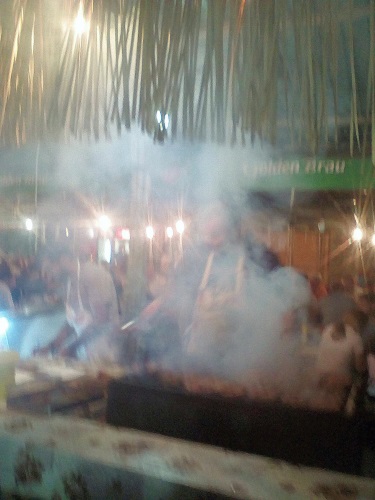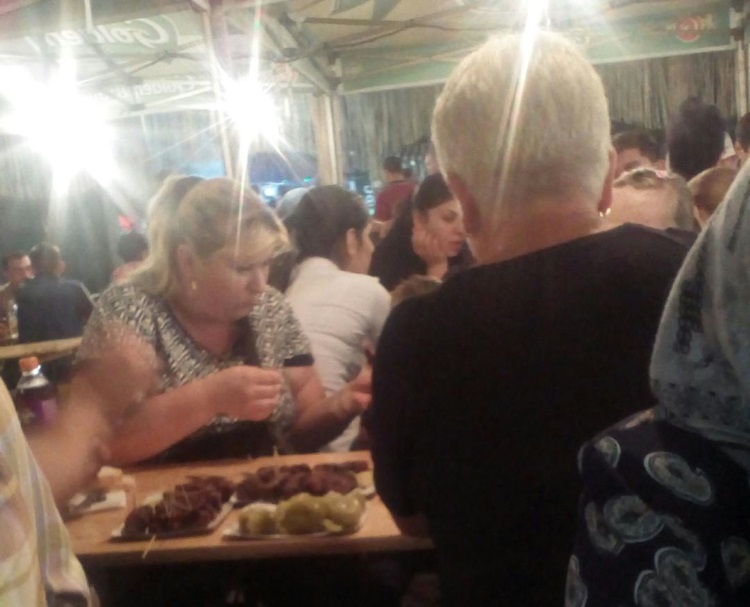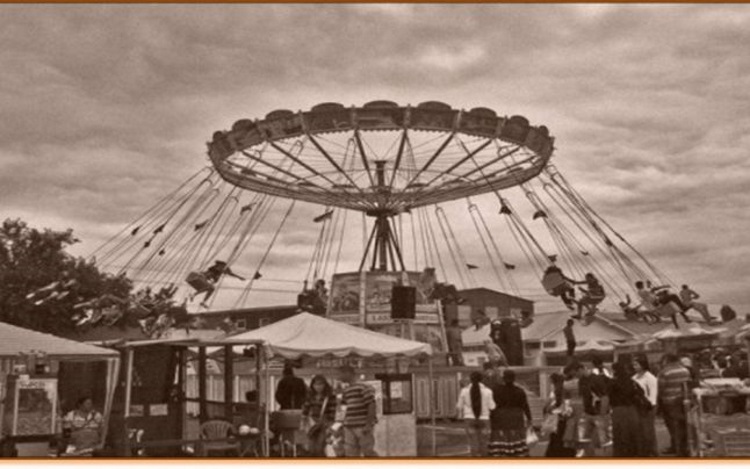Romania’s fairground happens to be a first-round pick for many of its people seen as a splash of color in modern times that preserves the one-of-a-kind scented portal into the long history, dating back more than one hundred years.

Craftsmen offer their handmade products like solid cast-iron pots and pans, fur coats, wicker baskets, clay pots and ceramics as well as merchants their homemade meat goods in the cities of Valenii de Munte, Tecuci and Tandarei. | Tecucean
As you step through its doorway, the jumping music of the fun fair devices and the appetizing smell of mititei which is a traditional Romanian dish of grilled ground meat rolls, bring your party appetite up. The popular sausages, as well as the cold beer that goes with it, are promoted on an easy-to-read outdoor menu of every overcrowded terrace sitting at higher-than-usual prices.

Călărași’s grill masters cook traditional Romanian food, mititei-barbecue with grilled meat rolls, made from a mixture of beef, lamb and pork with spices, such as garlic, black pepper but also sodium bicarbonate and water | Angie Ivan
Once you got out of the fairground rides, the market stalls could surprise you with religious souvenirs, local delicacies served in a warm, national setting, clothes, fur coats, home items, and body products, all handmade.

Autumn fairground in the city of Călărași is open to series and handmade items or amusements for both grown-ups and kids entertainment as candy floss, little tikes climbing towers or boxing machine, among others. | Angie Ivan
Heading down to the fair’s gates, across the street from one another, internationally branded or locally designed cars remind grandparents of the roar of the horse-drawn carts once adorned with gentle sleigh bells and the most darling quilts you could ever see.

Călărași drillers enjoy hot mititei and pastrami with mustard and Romanian pickled vegetables | Angie Ivan
At that time, the Romanian peasants proudly came to the local fairground to stock up on communist-era hard to find regular supplies but also to sip a drink respectfully dressed in their Sunday best clothing.

The fairground held in the city of Bârlad in the ‘70s | Est News
Ceausescu’s policy had made many of the products available in Western countries lacking in the Romanian market. The fairground was a joy for children also as everything they needed for school was found here and less in the city’s shops and clothing stores. Parents knew they had to have money set aside and bought from school uniforms and school bags to socks and pens. Nowadays, the little ones enjoy the fun fair rides and candy floss. The fair has wandered many of the country’s cities and continues to attract visitors every year.

The fairground hosted by the city of Bals in the 80’s | City Hall Bals archive

